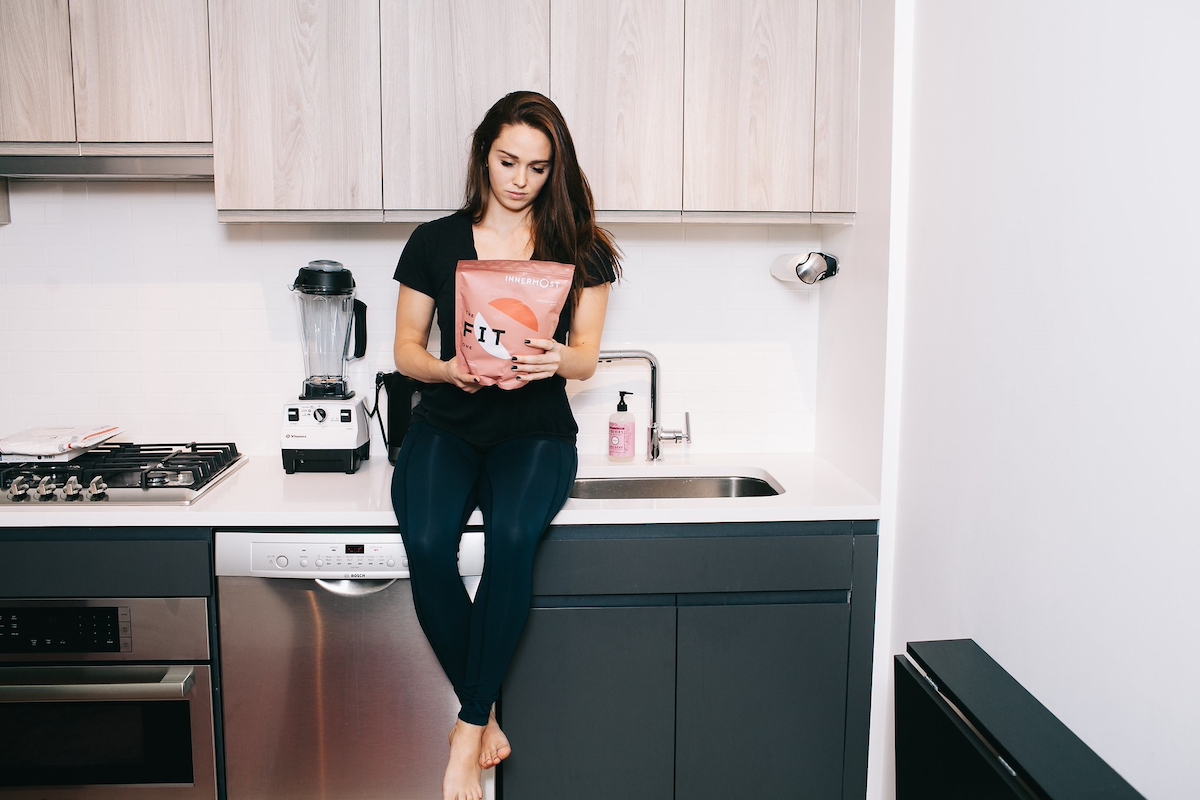Protein is an essential part of the human diet and should be incorporated no matter your fitness or dieting goals. However, there are always different opinions on the best way to get the optimal amount of protein into your diet. If you’re someone who is looking to get lean through fitness, you may be undercompensating for the amount of protein that you actually need in your diet, for fears of becoming ‘bulky’. But, we should always be taking into consideration that protein isn’t just for building muscle, it is actually a macronutrient that makes up the enzymes that help your body to power many of the chemical reactions inside of the body.
If you’re taking protein to try and bulk build muscle, you’ll know that intaking an optimal amount of protein, such as The Strong Protein makes a serious difference with your results. After all, incorporating additional protein is also an efficient way of aiding with your recovery, meaning you’re working smarter and not harder.
The Anabolic Window
If you’ve just started taking your fitness seriously, you may not have heard of the Anabolic Window. Basically, the theory is that after exercise, your body is in an anabolic state. This is where the small molecules in your body grow into bigger, more complex molecules, forming brand new tissues and cells. As muscles are a type of tissue, they are indeed included in this category (meaning your gains grow after exercise). The anabolic process is fuelled by intake of carbs and yep, you guessed it, protein!
The anabolic window is believed to be a limited time frame of around 30 minutes post-exercise, and it is important to use this window to your advantage once you have finished your sport session.
So, When Is The Best Time To Drink A Protein Shake?
The Best time to take your protein shake is during the anabolic window, this will really maximise your chances of muscle growth and aid your body in getting the results of all of your hard work! A handy, post-workout tip is to pack a gym bag with a protein shaker and your protein powder of choice. This way, you can easily access your not-so-secret weapon!
What About Before I Work Out?
The foods and supplements you should be intaking pre workout and post workout are almost a complete opposite to each other, but fuelling your body is the one thing that both of these time frames have in common. Before a workout, instead of intaking protein, you should be focussing on energy boosting foods or supplements. This way, you can push your body even further when doing sustained activities and truly activate your inner super-human! Carbohydrates will also naturally help to boost your energy before a workout. The best carbohydrates to intake are non-refined carbohydrates such as:
- Non starchy vegetables – These are veggies like celery, tomatoes, spinach etc
- Wholegrains – You can easily find healthier, wholegrain alternatives to cult favourites like pasta, rice, and bread
- Legumes – Like lentils, kidney beans and baked beans. This is perfect for all beans-on-toast fans!
To Summarise
Essentially, protein is important for everyone and not just those who have goals in the gym. However, if you are looking to maximise the amount of gains you get from your session, be sure to take your protein within the 30 minute window post workout. This way, you’re helping your body to multiply the cells needed to grow muscle. Easy, right!



















